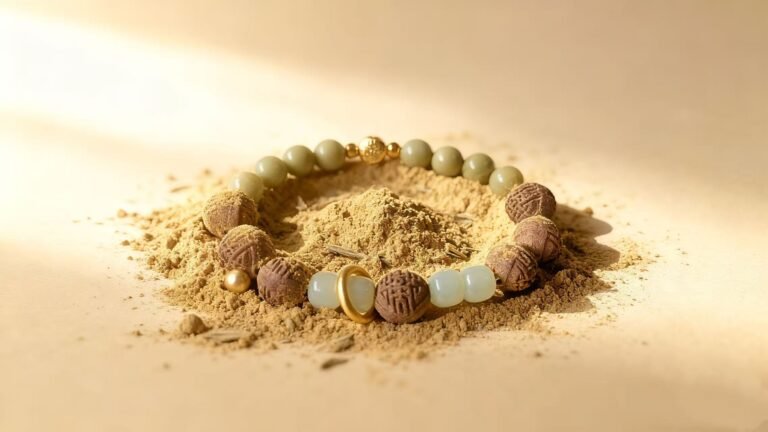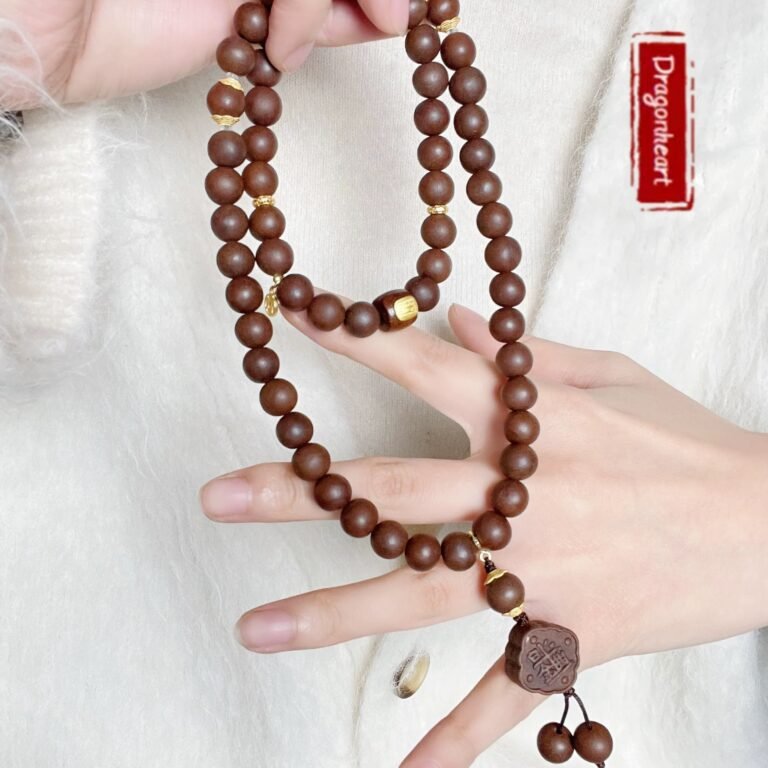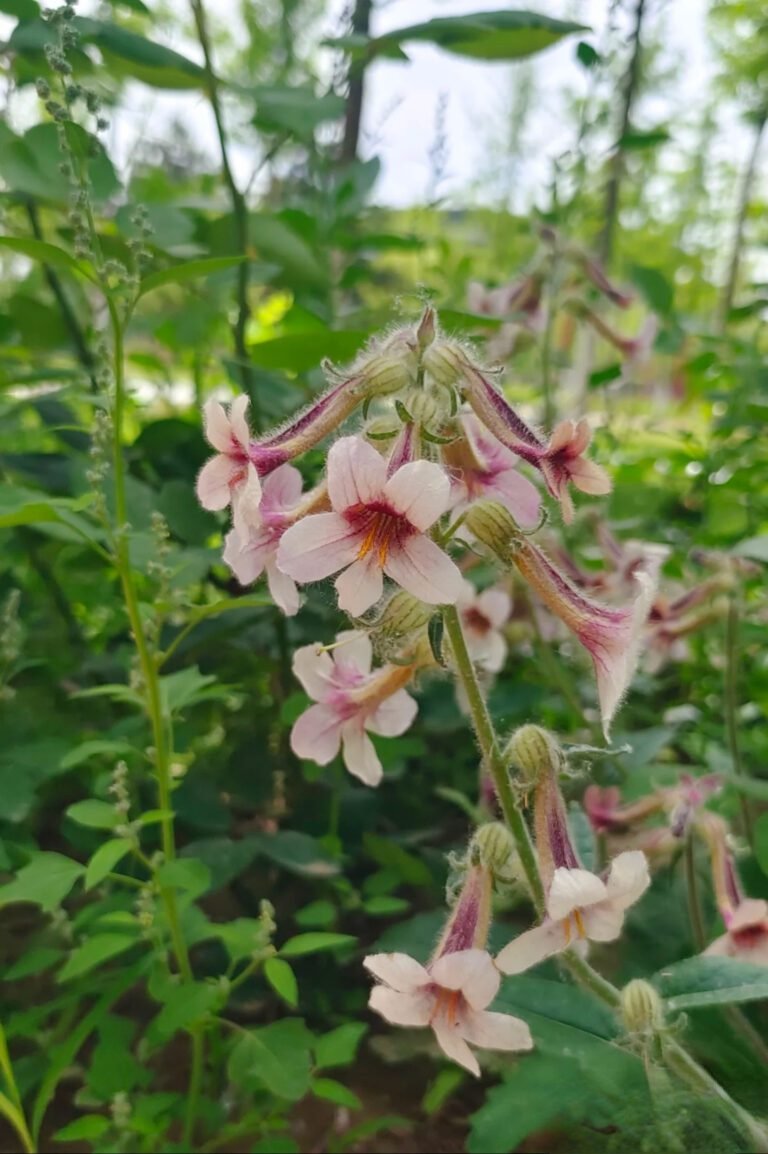🌿 Integrating Oriental Herbal Aromas into Everyday Life: 8 Gentle Rituals to Soothe the Soul
In a world that moves fast, slowing down is an act of self-kindness. Here are 9 quiet, sensory ways to weave Chinese herbal aromatherapy into your daily life—no mysticism, no effort. Just breath, scent, and presence.
☀️ 1. Morning Clarity – Light Before the Rush
Before emails and caffeine, try this instead: open your window, let in the light, and burn a stick of mugwort incense. Its earthy clarity helps your mind wake up gently, without the jolt.
“I used to reach for coffee. Now, I light Osmanthus Incense Balls, stretch, and breathe. It’s like sunlight in scent form.”
🪔 Recommended: Osmanthus Incense Balls
🕓 When: 7–8 AM
🌬️ 2. Deep Breathing with Incense – Grounding in 3 Minutes
After a long scroll or meeting, your eyes aren’t the only ones tired—your mind is overstimulated. Step away, hold Chinese medicine jewelry near your chest, and take a scent break.
The scent gives your breath a rhythm. It slows you down without asking.
🪔 Recommended: Clarity Herbal jewelry near
🕓 When: Mid-morning or anytime you feel scattered
📖 3. Reading Time – A Book, a Cup of Tea, and a Scent
Herbal incense with floral notes (like osmanthus or rose) pairs perfectly with tea and stillness. Burn a cone in a ceramic burner, and let the moment stretch. The scent keeps you anchored.
Not every page needs to be fast. Some scents ask you to linger.
🪔 Recommended: Rose Osmanthus Incense Cones
🕓 When: Weekends, late afternoons
😴 4. Nap Ritual – Sleep with a Herbal Pouch
Place a hand-stitched sachet filled with Suanzaoren, lavender, or Baihe under your pillow or beside your chest. These herbs aren’t just pretty—they’ve been used in traditional Chinese formulas for calming the Shen (spirit).
Sleep isn’t just escape—it’s restoration. Let plants hold that space for you.
🪔 Recommended: Dragonheart Sleep Pouch
🕓 When: 2 PM naps or before bed
🌙 5. Evening Slowdown – From Doing to Being
As night falls, turn off overhead lights. Light a stick of frankincense or agarwood. Let its warm, resinous aroma mark the shift from “output” to “rest.”
Scents become signals. Your body learns when to let go.
🪔 Recommended: Evening Transition Incense
🕓 When: 8–10 PM
🧘♀️ 6. Movement Practice – Yoga or Stretching with Aroma
Gentle movement deserves a scent partner. Try burning incense made with calming herbs during yin yoga, stretching, or tai chi. It becomes a moving meditation.
It’s not about burning calories—it’s about warming the spirit.
🪔 Recommended: Qi Flow Incense for Movement
🕓 When: Morning or early evening
💼 7. Workspace Calm – A Pocket of Peace
Not all offices allow burning incense. Instead, carry a mini herbal sachet and keep it in your drawer or bag. When stress spikes, inhale slowly. It becomes a ritual you return to.
This isn’t escape. It’s a gentle reclaiming of your nervous system.
🪔 Recommended: Portable Peace Sachet
🕓 When: During meetings, commutes, or deadlines
🍂 8. Seasonal Shifts – Align with Nature’s Rhythms
As seasons change, your body notices—even if your calendar doesn’t. Use seasonal blends (like warming herbs in winter or cooling ones in summer) to help your body harmonize.
In traditional medicine, scent is not accessory—it’s medicine carried by breath.
🪔 Recommended: Seasonal Aroma Collection
🕓 When: Seasonal transitions, solstices, equinoxes
🌸 More Than Fragrance – Why Herbal Scents Heal
Unlike synthetic fragrances, Chinese herbal aromatics are deeply rooted in function: calming the spirit, moving the Qi, clearing heat, or tonifying Yin. They smell good, but they work even better.
They don’t ask you to believe in them. Just to try.
✨ Try This Next
- 👉 Take our 2-minute scent quiz to discover which herbal blend suits your energy
- 📖 Traditional Chinese Medicine (TCM) Body Type Quiz
💬 Final Words
You don’t need a retreat to come home to yourself. You just need a little scent, a little space, and the willingness to pause. The rest will come naturally.
Breath by breath. Scent by scent.







